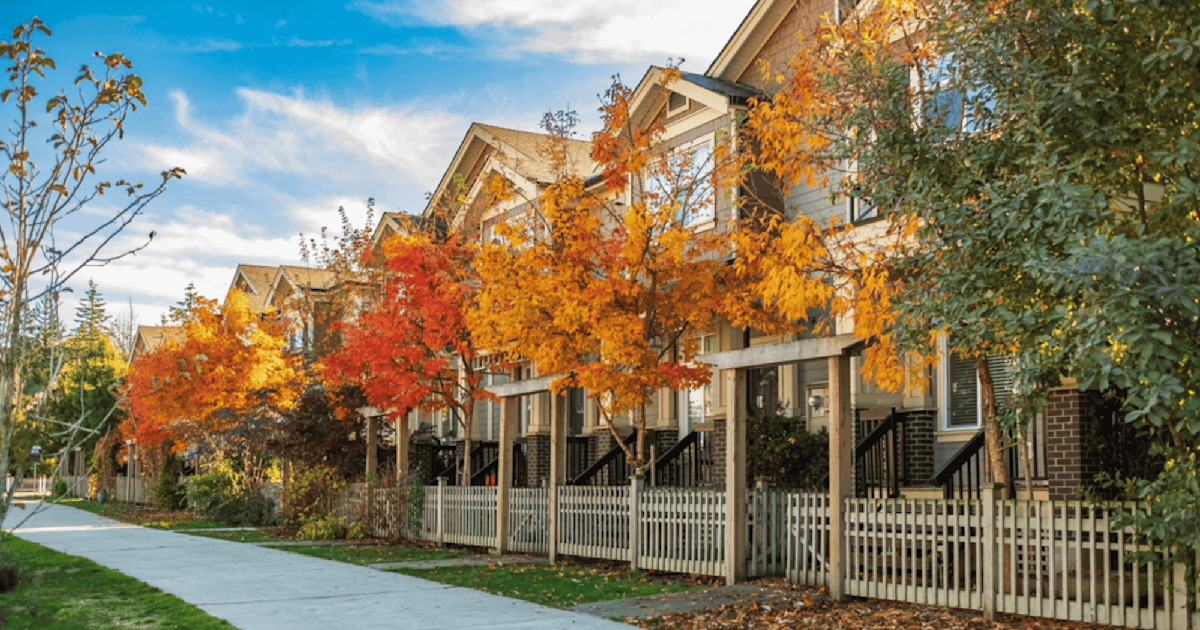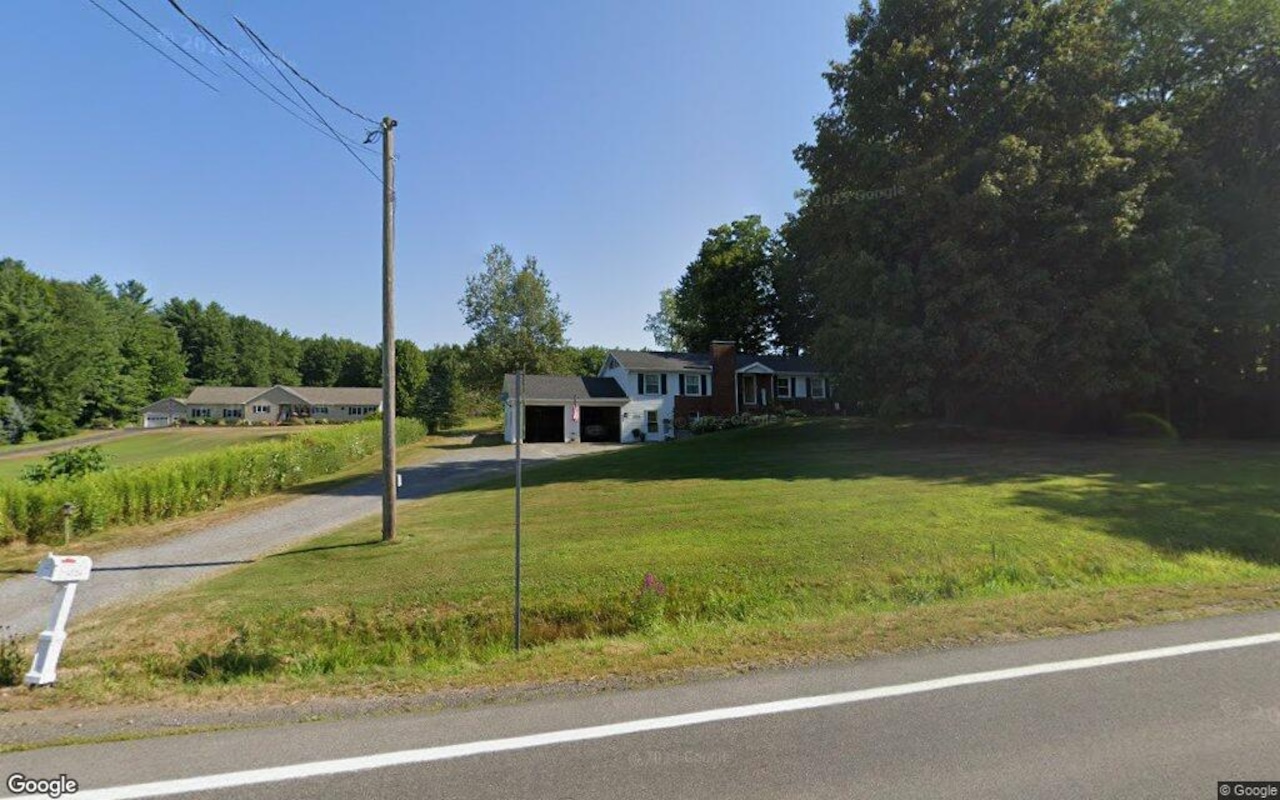E
xisting home sales fell 0.2 % from July to August, yet they rose 1.8 % from a year earlier, according to the National Association of Realtors. The seasonally adjusted annual pace of 4 million homes keeps the market near a 30‑year low for the year‑end. Median sale prices climbed to $422,600 in August—2 % higher than last year and the 26th straight month of gains.
Mortgage rates edged higher after several weeks of decline, driven by stronger‑than‑expected economic data. The Freddie Mac weekly average for 30‑year fixed‑rate mortgages was 6.3 % on September 25, up from 6.26 % the week before, while a year ago it hovered around 6.08 %. Despite the Fed’s September rate cut, falling jobless claims and a robust spring GDP have kept inflation concerns alive, keeping rates near 11‑month lows.
Refinancing activity remains buoyant. Mortgage applications rose 0.6 % in the week ending September 19, with the Refinance Index up 1 % from the prior week and 42 % higher than a year ago. The Purchase Index, however, fell 1 % that week. Even in the fall, purchase applications are 18 % ahead of last year’s pace, reflecting persistent buyer interest.
Inventory trends show a 11.7 % year‑over‑year increase in August, yet a month‑over‑month decline. Homeowners are pulling listings off the market faster, citing unsatisfactory offers, which could tighten supply further and exert downward pressure on sales and prices.
Affordability remains a national hurdle. ATTOM’s September 25 report indicates that 99 % of U.S. counties have median house and condo prices that are less affordable than historical averages. Lower mortgage rates help some buyers keep up with rising costs, but they may also fuel continued price growth, extending the current two‑and‑a‑half‑year affordability gap.
Pending sales slipped 1 % from a year ago in the four weeks ending September 21, the first decline in three months. High prices and elevated rates are cited as the main drivers of this dip.
Economists warn that without a sustained drop in mortgage rates and a moderation in home prices, the market may take until 2027 to return to long‑term average sales levels. The Fed’s potential future cuts will hinge on inflation, GDP, and broader economic performance, leaving mortgage rates—and the housing market—tightly linked to macro trends.














